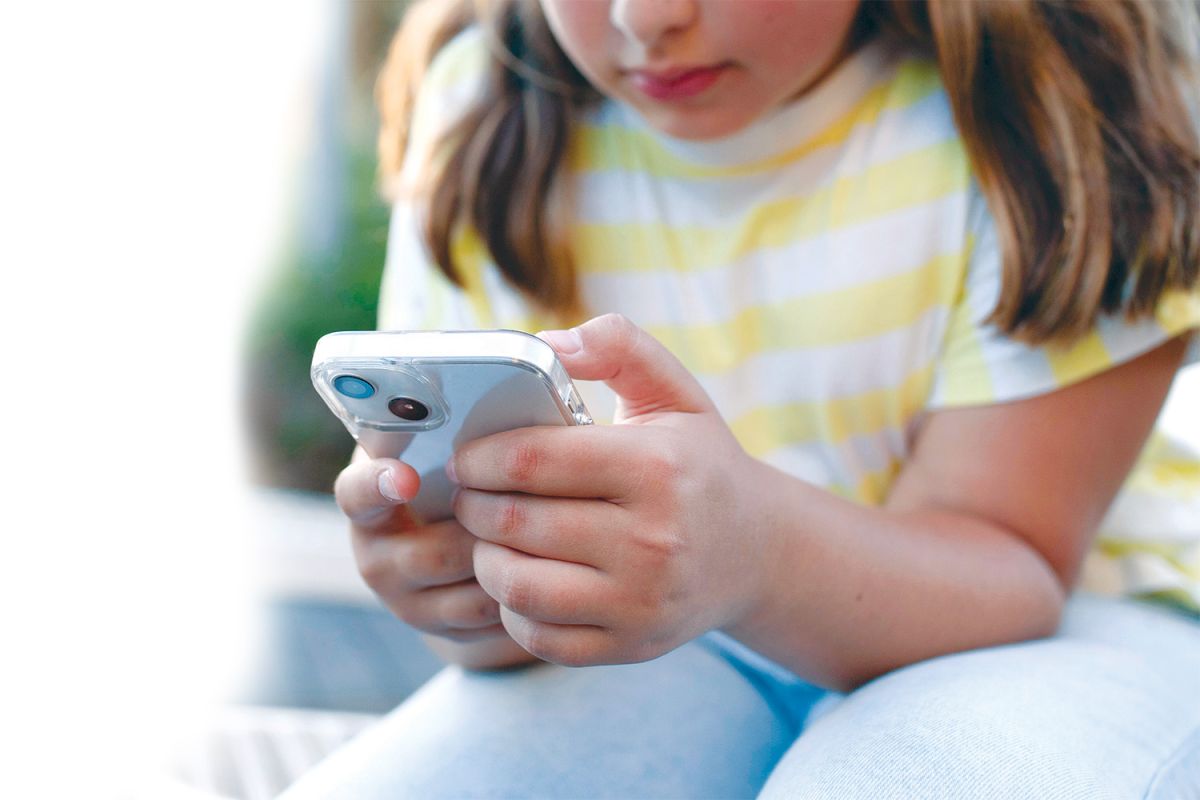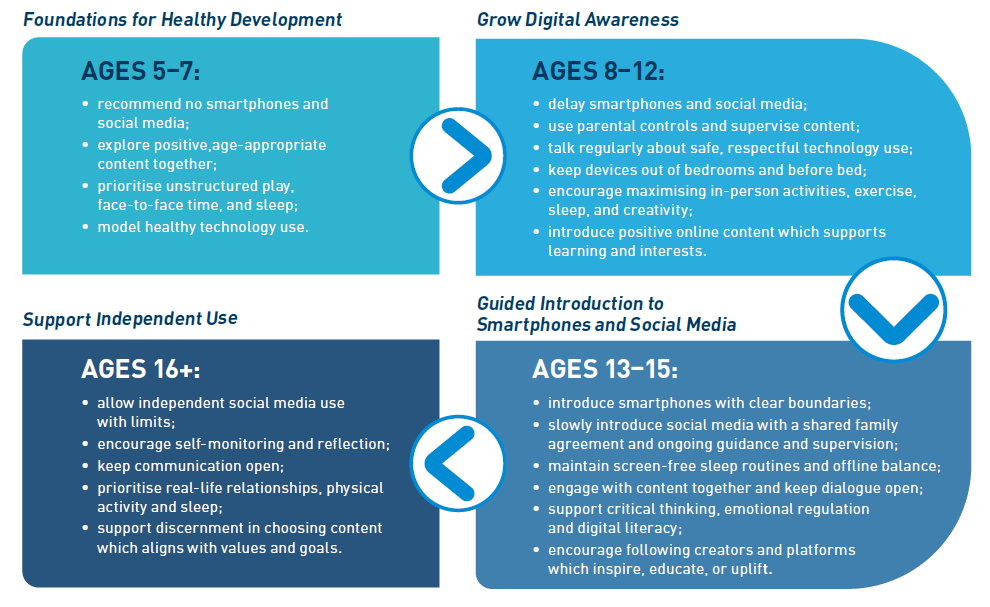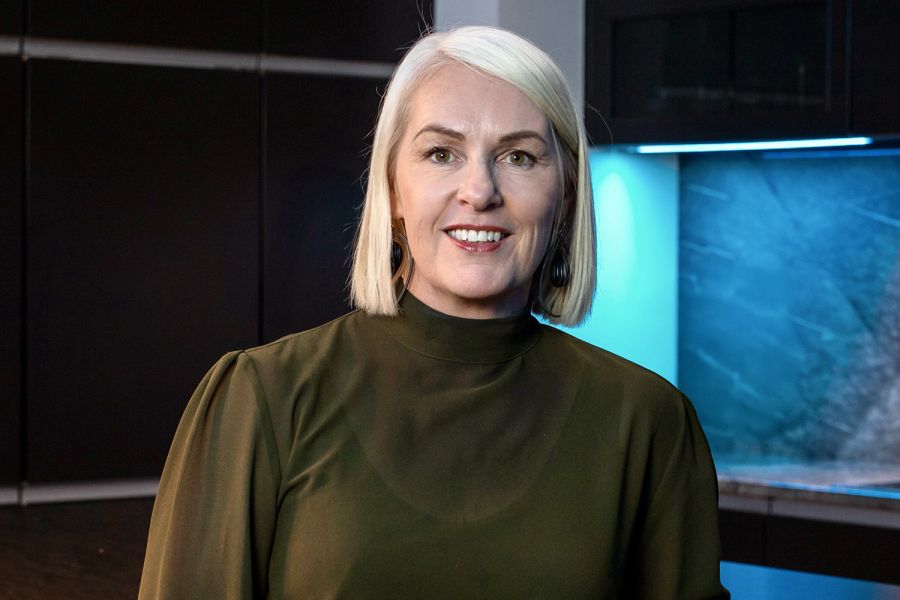Growing Up Digital: St Andrew’s approach to smartphones and social media
1 August 2025

REGULUS // ISSUE 2 // AUGUST 2025
Head of Well-being, Kerry Larby, shares the College’s new guidelines for healthy use of technology to help parents navigate this challenging space with their children.
At St Andrew’s, we’ve witnessed the rapid rise in young people’s engagement with smartphones and social media. While these platforms can offer opportunities for connection, creativity, and learning, we’ve also seen negative impacts on relationships, attention and focus, comparison, sleep, and mental health.
To help families navigate this evolving space, we’ve developed a flexible, research-informed timeline which reflects the developmental needs of young people and supports age-appropriate decisions around smartphone and social media use.
We recognise social media is not inherently good or bad – its impact depends on how it is used, the content encountered, and the developmental stage of each young person.
As a school grounded in research, reflection, and responsiveness, we engage critically with the evolving evidence to guide our approach.
In 2019, we led the way with StAC Unplugged, removing mobile phones from the school day to protect time for face-to-face interaction and engagement in learning. Alongside this, we continue to evolve our curriculum to equip students with timely and relevant digital literacy skills.
Although research in this space is nuanced, complex, and still evolving, one thing is clear: the adolescent brain is uniquely shaped by its environment. Adolescence is a time of extraordinary neuroplasticity, a window of opportunity where experiences profoundly influence learning, identity, and well-being. Because the brain is still developing, particularly in areas related to emotional regulation, impulse control, and social sensitivity, young people are more susceptible to the influence of digital environments. Our concern is not just about harm, but about opportunity cost – what might be lost when social media displaces the real-world experiences young people need to grow and flourish.
We believe in supporting students to make the most of this window of growth. This means delaying exposure to digital environments – such as social media – which demand emotional maturity, while building lifelong skills: critical thinking, respectful communication, emotional regulation, and digital literacy.
We recognise every child is unique. The timeline below is a flexible guide to support parents in making thoughtful, age-appropriate decisions. As research evolves, we remain committed to reviewing our approach and working in partnership with families.
Above all, young people flourish when adults are actively involved – modelling healthy habits, communicating openly, setting clear boundaries, and prioritising what matters most: connection and presence, purpose and engagement, unstructured play and downtime, physical activity, and restful sleep.
A developmental guide for healthy tech use

Related Posts


